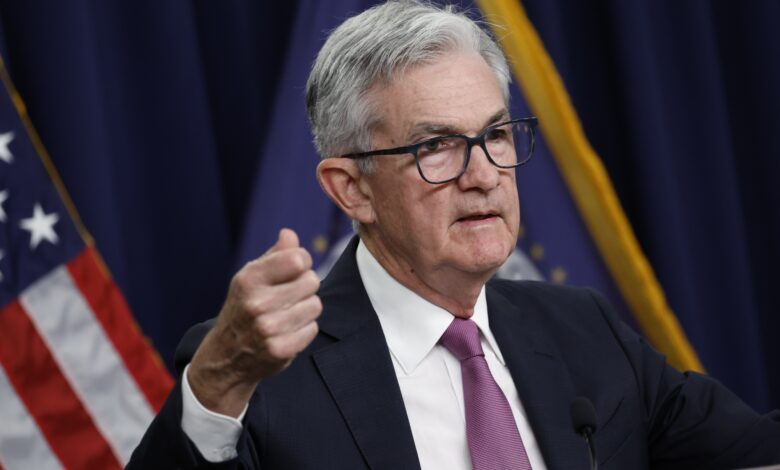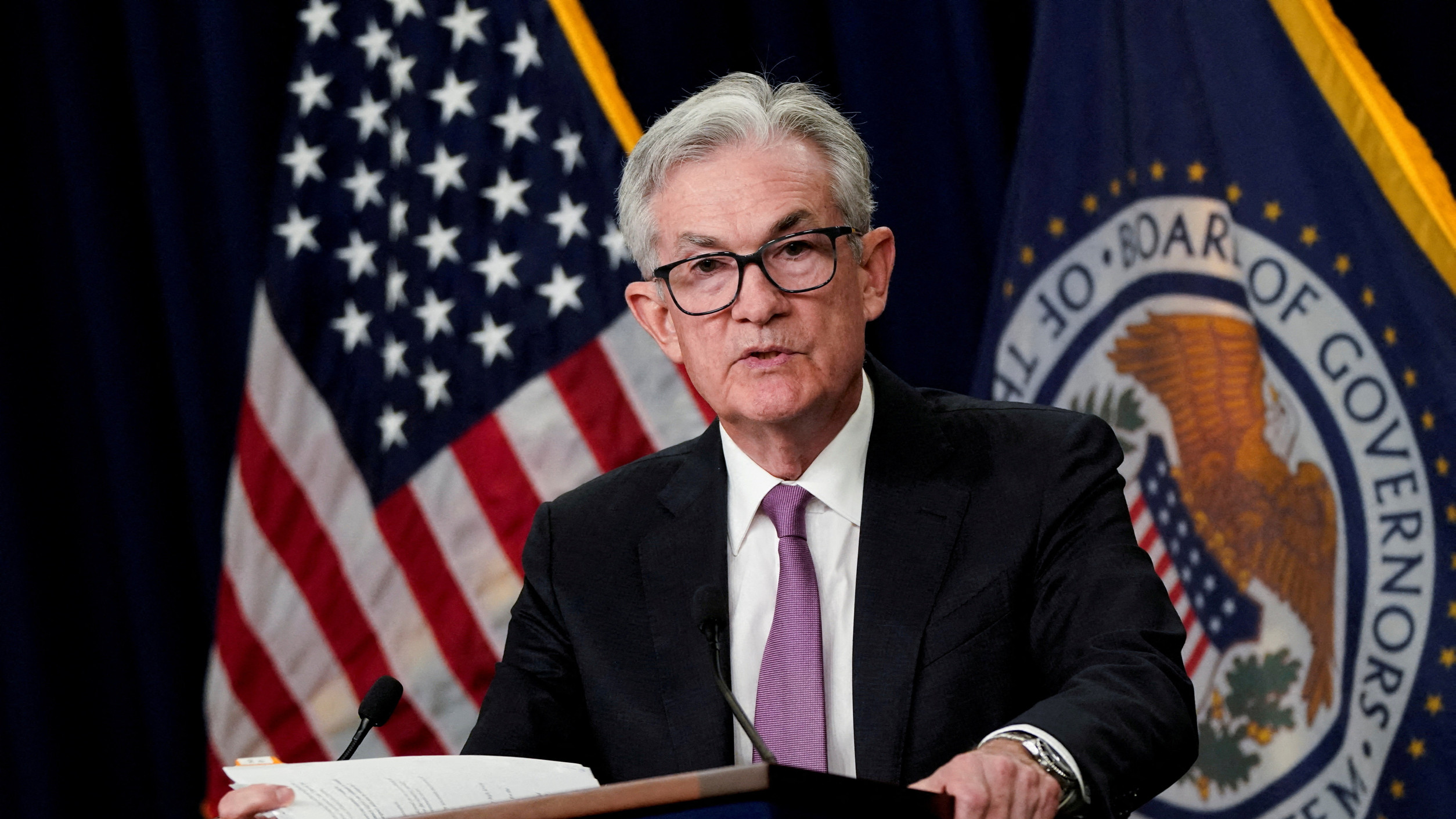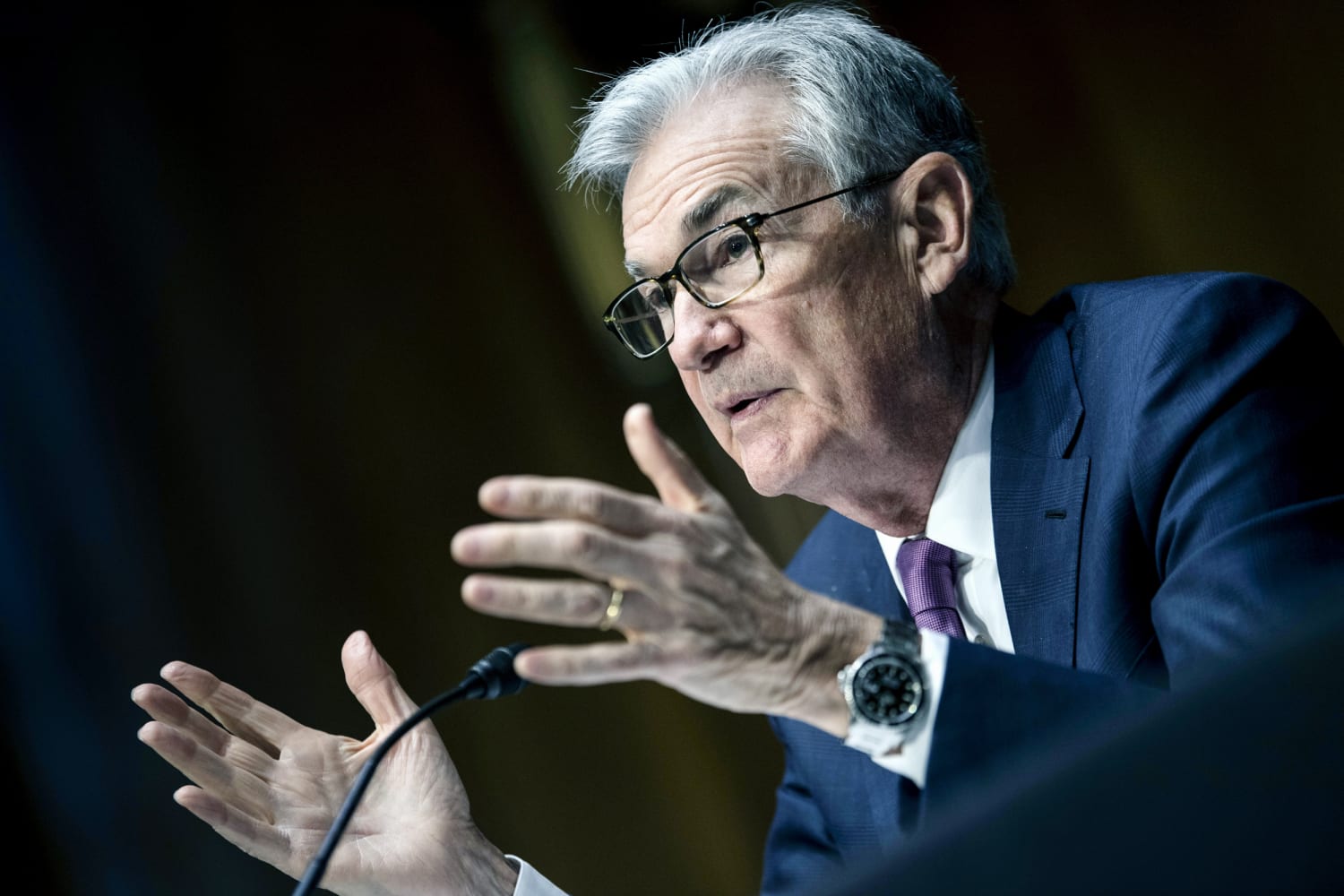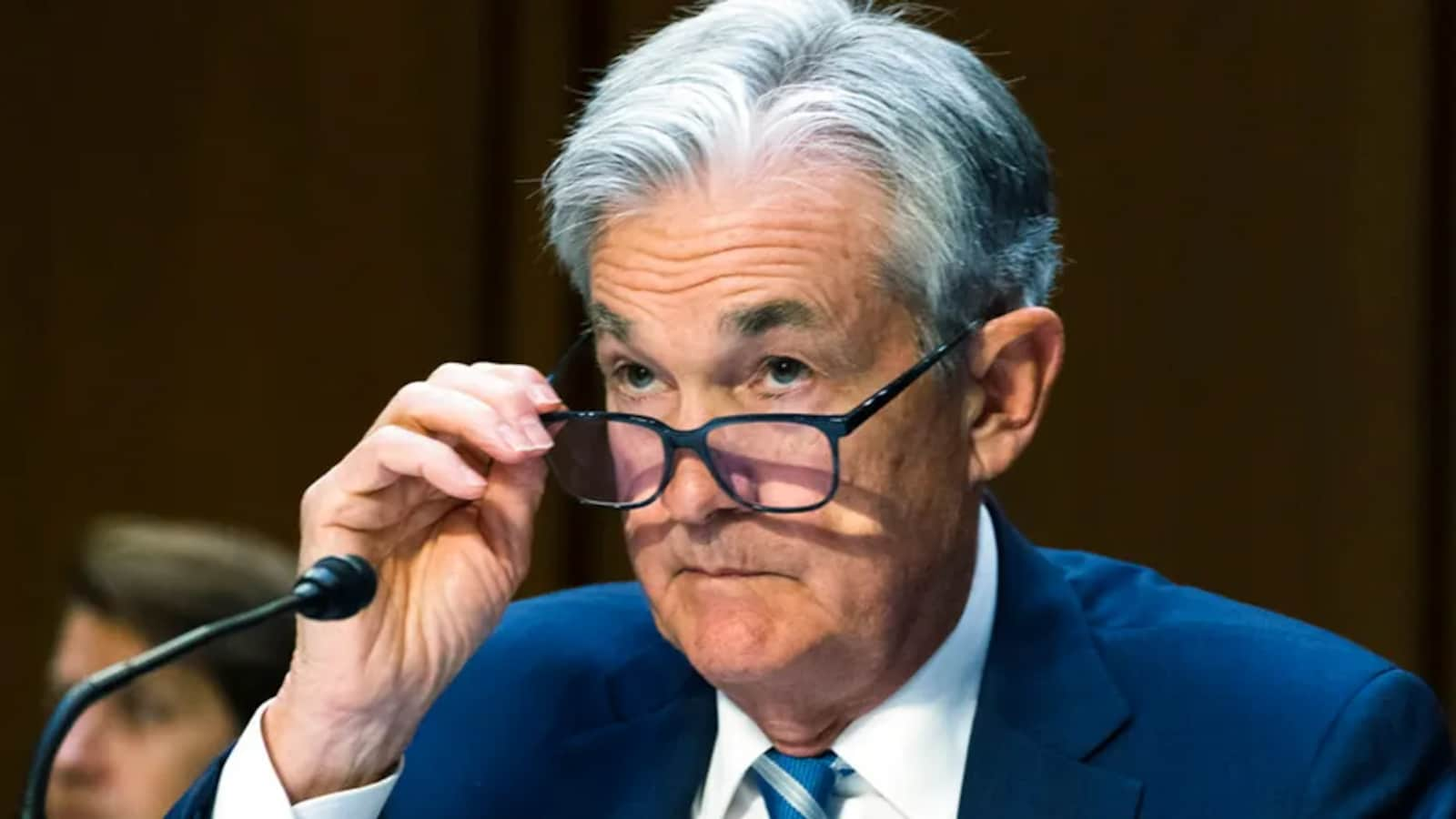Powell says history warns against ‘prematurely loosening’ Fed policy 2022

Powell says history warns against ‘prematurely loosening’ Fed policy 2022
Jerome Powell, the chair of the Federal Reserve, said that the U.S. reserve bank is likely to continue hiking borrowing costs and leave them high for some time to combat inflation, and he rebuffed any notion that the Fed will soon change course.
In remarks planned for the Kansas City Fed’s annual policy conference in Jackson Hole, Wyoming, Powell said on Friday that “restoring price stability would probably involve keeping a restrictive policy position for some time.” The historical evidence strongly advises against easing policy too soon.

Even though businesses and consumers may experience economic hardship, he claimed that the central bank’s “overarching concern at the moment” is returning prices to the 2% target.
When policymakers meet again next month, he maintained that another “unusually significant” rise in the benchmark cost of borrowing would be justified, although he avoided making a commitment. The completeness of the incoming information and the evolving picture, he said, “will determine our judgment at the September meeting.”
Fed Reserve Chairman Jerome Powell warned on Friday of sluggish growth, a worse job market, and “some pain” for consumers and businesses in statements that suggested the U.S. economy would require a tight monetary policy “for some time” before prices are under control.

“A sustained phase of below-trend growth is likely needed to lower inflation. A slight softening of labor market conditions is also highly likely. Powell gave a speech at the Jackson Hole fiat money conference in Wyoming that began with the statement, “While higher rates, stagnant growth, and stricter labor market conditions will drive down prices, they will also drive some pain to consumers and companies.
“Unfortunately, there are expenses associated with lowering inflation. However, failing to achieve price stability would cause much more suffering.
According to Powell, as that discomfort grows, people shouldn’t anticipate the Fed to swiftly loosen its monetary policy until the inflation issue is resolved. Other investors believe the Fed may hesitate if unemployment climbs too quickly; some even project interest rate reductions for next year, an expectation that U.S. central bankers have been fighting tooth and nail against recently.

On the contrary, several policymakers have said that if inflation does not appear to be decisively returning to the Fed’s 2% target, a downturn will not deter them. Powell said on Friday that interest rates would go as far as necessary without indicating how high they might be before the Fed is done.
Powell stated, “The historical evidence advises against easing policy too soon. “We must persist until the task is completed. History demonstrates that reducing inflation will likely result in higher employment expenses.
Raphael Bostic, president of the Atlanta Fed, said on Bloomberg TV that once the central bank’s policy rate is 100 to 125 bps higher than the current range of 2.25%-2.50%, “we should remain there for a long time.” This emphasizes the same “raise-and-hold” message.
The comments indicating a higher-for-longer bank rate path appeared to have an impact on bond markets, as traders increased their bets on a third consecutive 75-basis-point rate hike at the policy meeting on September 20-21 and priced in expectations the interest rates will reach the 3.75%-4.00% range by the following March.

Ryan Detrick, chief strategist for markets at Carson Group, said Powell’s candid admission of impending hardship for people “caught investors by surprise” and “hammers home how concerned they are about hiking rates to battle inflation.” “At least, for the time being, the prospect of a subdued pivot was dashed.”
Although the Fed is expected to decrease its policy rate by roughly 40 basis points before the end of 2023, the rate futures trade has continued to indicate anticipation for such a pivot later in the year.
Other than emphasizing that it would rely on the “totality” of the information by that point, Powell did not mention what the Fed could do at its meeting held next month in response to incoming data.
A more practical strategy
The COVID-19 epidemic imposed unprecedented restrictions on the global economy, with ramifications for central banks. Powell gave his address to a roomful of foreign politicians and economists who had met at a mountain resort to discuss these topics.

Their main concern right now is inflation, and Powell’s words at the symposium, which the Kansas Fed organized, set a tone that will probably be heard on international markets. Additionally, it was a pledge that won’t change until inflation decreases, in line with the message that central banks are preaching: rate hikes are intended to slow economies.
Powell has already addressed the Jackson Hole symposium and has spoken at length about Fed policy and analysis. That was mentioned in his introduction, he said. However, he noted that the Fed was working to keep the market and the wider populace informed about what was to come in the future and that the urgency of the situation called for a more practical approach.
Powell remarked, “Today, my words will be fewer, my concentration more focused, and my point more direct.” Other figures support Powell’s claim of “strong underlying momentum,” with the employment market “obviously out of balance” due to the vastly greater number of vacant positions than unemployed people.

With further employment and inflation statistics to come, Powell stated that the choice of how much to raise rates “will rely on the entirety of the forthcoming data and the changing outlook.”
The Fed has become more forthright about the possibility that its actions could increase the U.S. rate of unemployment, which is currently at 3.5%, the highest it has been in over 50 years.
However, Fed policymakers have stated that to reduce inflation, they must reduce demand for products and services by increasing the cost of borrowing and making it more expensive to fund investments in homes, automobiles, and businesses. Companies may modify their employment strategies or even turn to layoffs as the cycle bites, as it is starting to do, especially in the housing market.
Strong Action
Powell said that in statements that were scheduled to be live-streamed from the lodge where the ceremony has been hosted since 1982: “Restoring stable prices will take a while and involves employing our tools firmly to bring buyers and sellers into better balance.”
Other Fed speakers have also rebuffed predictions that the Fed will quickly adopt a tight policy stance before starting to loosen.
According to Powell, maintaining price stability will need a “sustained” period of below-trend development and a contracting labor market. While slower GDP, higher interest rates, and softer employment rates may help to reduce inflation, he added, they will also hurt some people and businesses.

Powell’s words came as U.S. bankers deal with the most tremendous inflation in forty years at the conference, which brought together leading officials from around the world. Government officials are acting quickly to prevent costs from rising higher after taking their time to recognize the problem. At their most recent two sessions, officials increased interest rates by 75 percentage points and hinted they might do the same thing again the following month.
The Fed has come under fire for failing to foresee the inflationary spike, which it initially thought was only temporary. In his talk to the conference a year prior, Powell stated that pricing pressures were only felt by a few services and products.
However, it quickly spread, and by the moment the Fed started hiking rates from near zero, inflation had already reached three times its 2% target.
edited and proofread by nikita sharma




